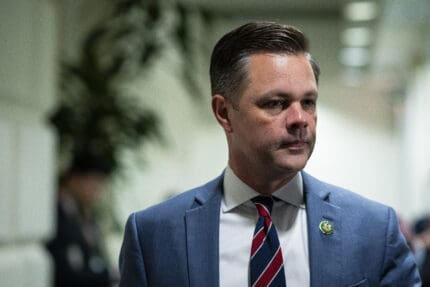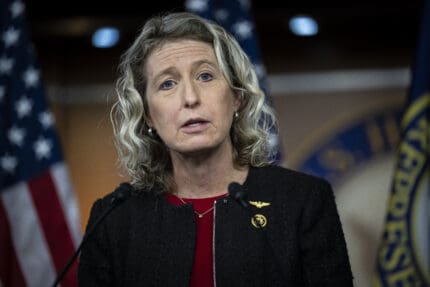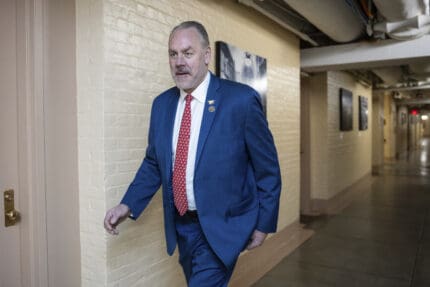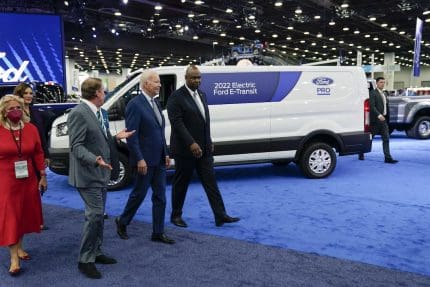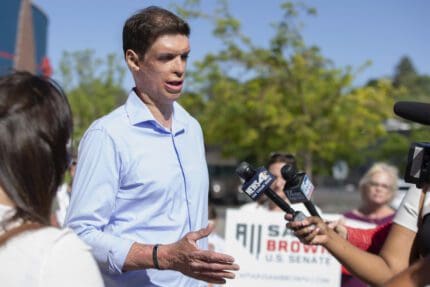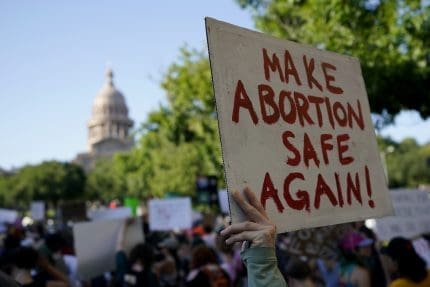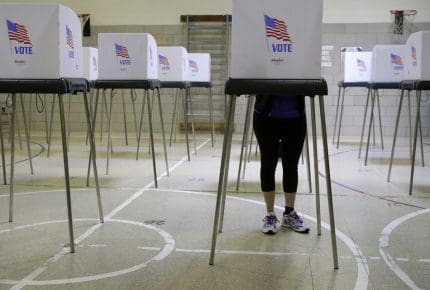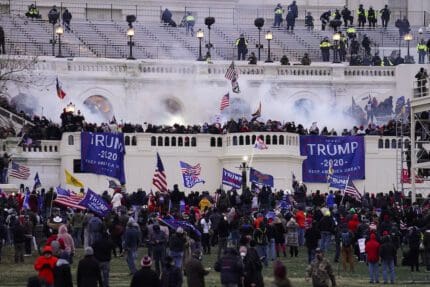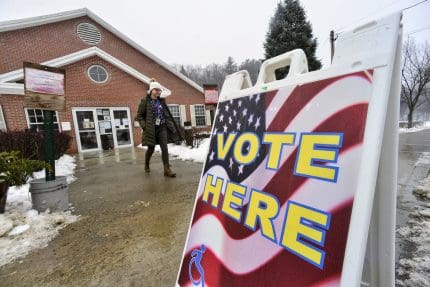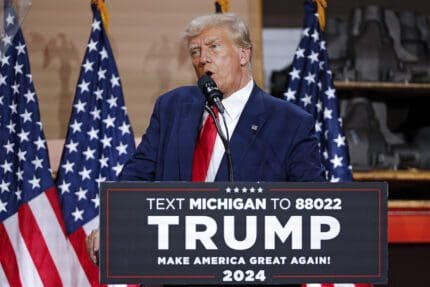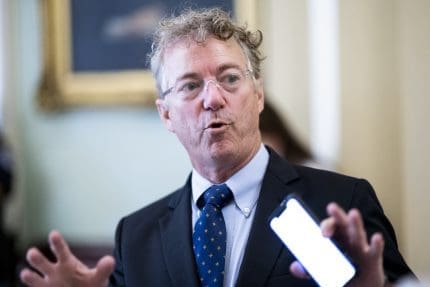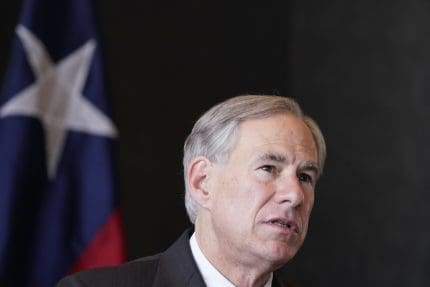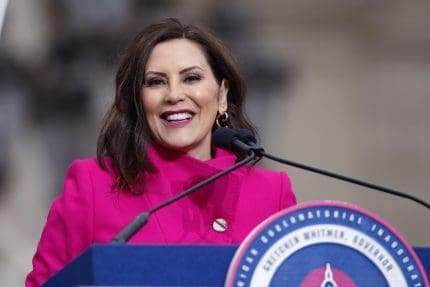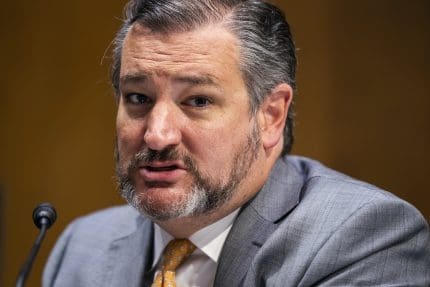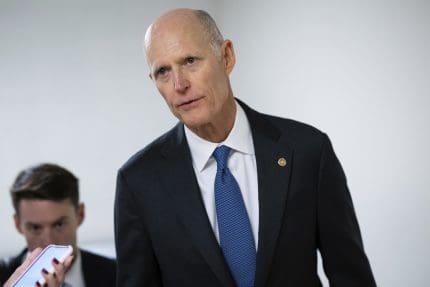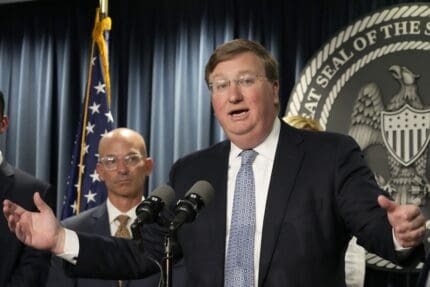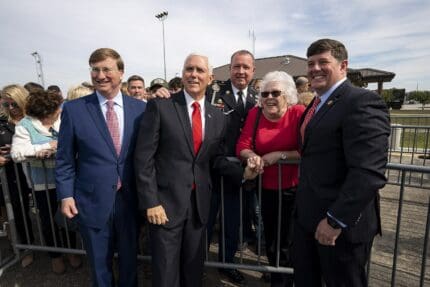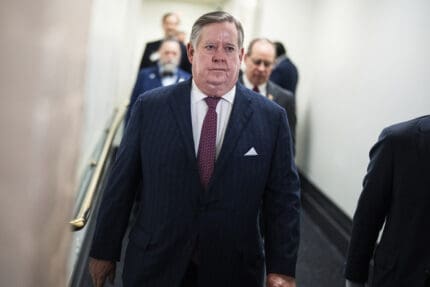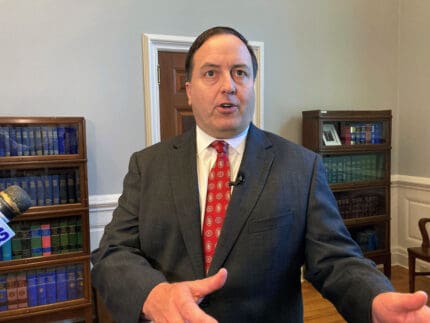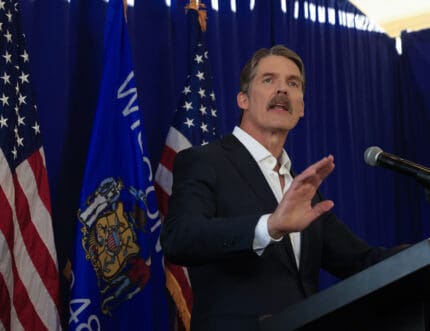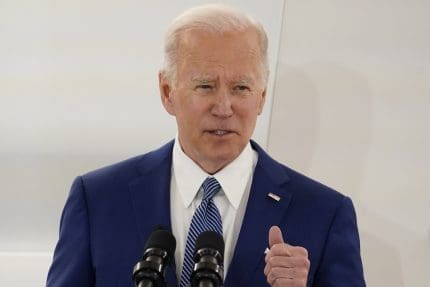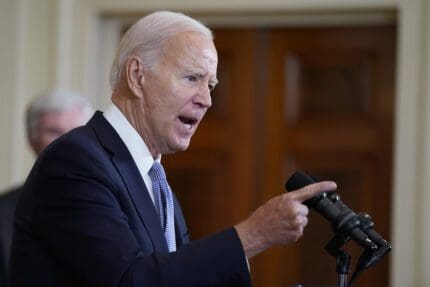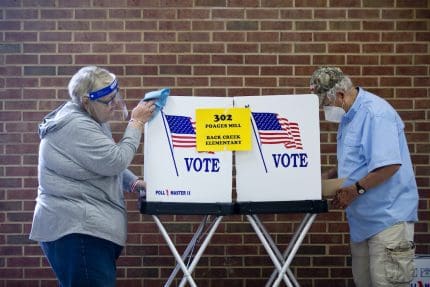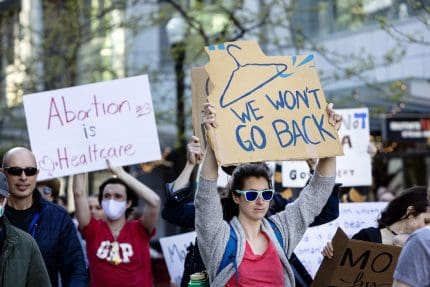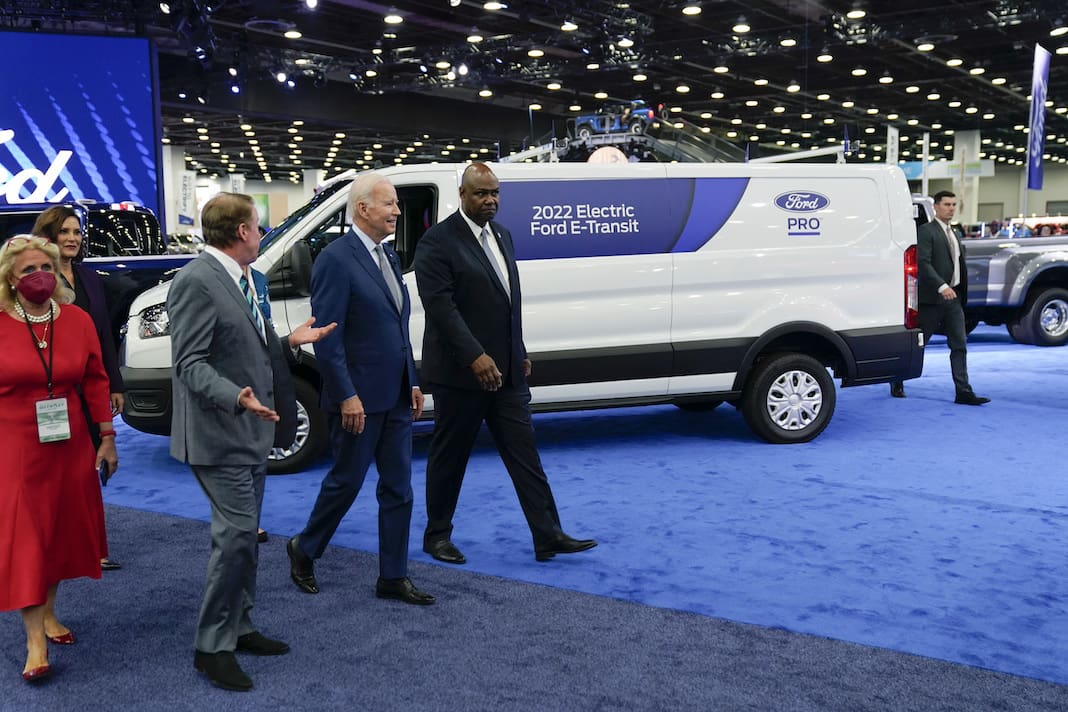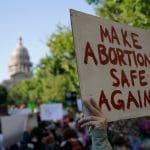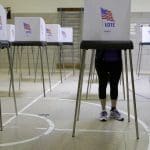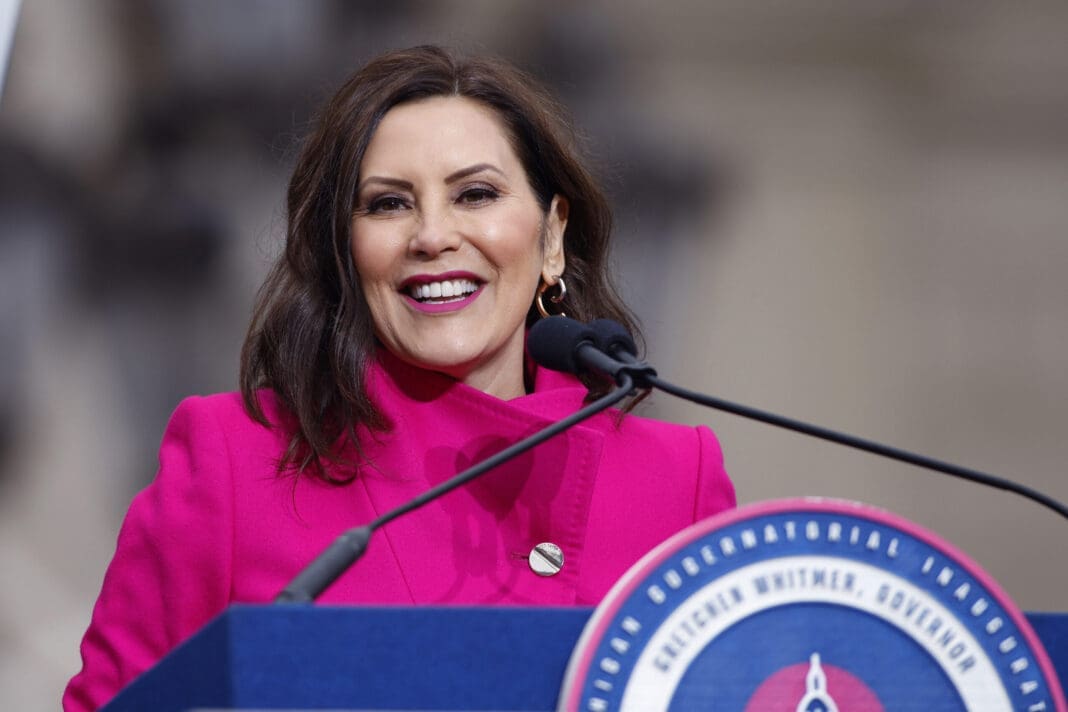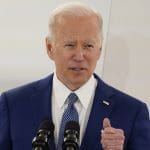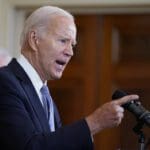Trump has repeatedly undermined Americans' ability to fight coronavirus
A new report reveals the Trump administration rolled back Obama-era regulations that left hospitals and nursing homes unprepared to face the current crisis.
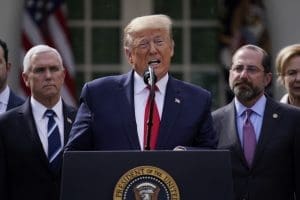
Donald Trump has made several decisions since taking office that have undermined the ability of the country to both prepare for and respond to the coronavirus pandemic.
The most recent revelation: In 2017, the Trump administration rolled back Obama-era regulations that left hospitals and nursing homes unprepared to adequately respond to the current threat, NPR reported on Tuesday.
According to that report, after the 2009-2010 H1N1 flu pandemic, the Obama administration determined that federal guidelines for similar airborne viruses were inadequate, and spent six years developing new requirements. The new guidance, developed by the Occupational Safety and Health Administration, was based on lessons learned from responding to HIV/AIDS when hospitals did not have the proper equipment to protect doctors and nurses.
“If that rule had gone into effect, then every hospital, every nursing home would essentially have to have a plan where they made sure they had enough respirators and they were prepared for this sort of pandemic,” David Michaels, head of OSHA during the Obama administration, told NPR.
According to the outlet, in the spring of 2017, the Trump administration “formally stripped OSHA’s airborne infectious disease rule from the regulatory agenda” anyway.
When the pandemic intensified in early 2020, many hospitals were indeed left unprepared to respond to the crisis.
An April 1 investigation by the Department of Health and Human Services revealed that a “lack of a robust supply chain was delaying or preventing [U.S. hospitals] from restocking [personal protective equipment] needed to protect staff.”
Numerous new outlets reported that nurses and doctors were allegedly forced to restrict the use of, or even reuse, PPE during the crisis, due to nationwide shortages.
Hospitals in many states also faced an alarming shortage of ventilators, and some doctors said they were forced to make agonizing decisions as to which patients to save using their limited supply and which ones to let die.
“I watched like three people die on Saturday — nothing we can do. Zero,” one New York City doctor told BuzzFeed News back in April. “You feel defeated. You feel drained.”
The hospital policy decision was one of many Trump made earlier in his tenure that ultimately left America vulnerable to the coronavirus crisis.
In his first three years in office, the Trump administration systematically withdrew staffers with the Centers for Disease Control and Prevention from China, reducing the U.S. presence there from 47 people to 14. A person familiar with the situation told Reuters that the decision could have “made this catastrophe more likely or more difficult to respond to.”
In May 2018, Trump also disbanded the National Security Council’s pandemic response group, a team tasked with preparing the government for future pandemics.
The team’s job “was to be the smoke alarm — keeping watch to get ahead of emergencies, sounding a warning at the earliest sign of fire — all with the goal of avoiding a six-alarm blaze,” Beth Cameron, who led the team under President Barack Obama, wrote on March 13.
Trump’s overall response to the crisis, which has been slow and decisions often based on lies, has been widely criticized.
Even after the virus first began making its way around the globe, the Trump administration ignored a 69-page pandemic response guide left by the Obama administration, which was first finalized in 2016. According to Politico, the Trump administration was initially briefed on the guide in 2017, but failed to heed its warnings, arguing later that the guide was “dated.”
“The plan we are executing now is a better fit, more detailed, and applies the relevant lessons learned from the playbook and the most recent Ebola epidemic in the [Democratic Republic of the Congo] to COVID-19,” a Trump official said in March.
Earlier in May, White House press secretary Kayleigh McEnany also waved off the Obama era guidelines, saying the current administration was adequately prepared for the pandemic, which has killed nearly 100,000 people in the United States alone.
“The Obama-Biden plan that has been referenced was insufficient,” she claimed. “[The Trump administration did] an entire 2018 pandemic preparedness report [and] did a whole exercise on pandemic preparedness in August of last year and had an entire after-action report put together.”
It wasn’t clear to what she was referring, as none of the documents she displayed while speaking were from 2018. The “after-action report” she cited was analysis of a 2019 pandemic preparedness exercise the administration took part in, which revealed that Trump officials were in fact completely unprepared to face a crisis like the coronavirus pandemic.
As of Wednesday morning, the United States had 1,689,100 confirmed coronavirus cases. At least 98,938 people have died.
Published with permission of The American Independent Foundation.
Recommended

Ohio doctors fear effects of emergency abortion care case set to go before U.S. Supreme Court
A federal law that allows emergency departments to treat patients without regard to their ability to pay will be under U.S. Supreme Court scrutiny this week, and Ohio doctors are concerned about the case’s local impact on emergency abortion care.
By Susan Tebben, Ohio Capital Journal - April 23, 2024
House GOP votes to end flu, whooping cough vaccine rules for foster and adoptive families
A bill to eliminate flu and whooping cough vaccine requirements for adoptive and foster families caring for babies and medically fragile kids is heading to the governor’s desk.
By Anita Wadhwani, Tennessee Lookout - March 26, 2024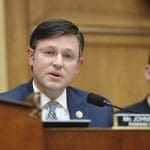
U.S. House Speaker Johnson says IVF should be protected — just not by Congress
U.S. House Speaker Mike Johnson said Thursday that it’s up to states and not Congress to preserve access to in vitro fertilization, weighing in on a growing national debate and campaign issue.
By Jennifer Shutt, States Newsroom - March 14, 2024









